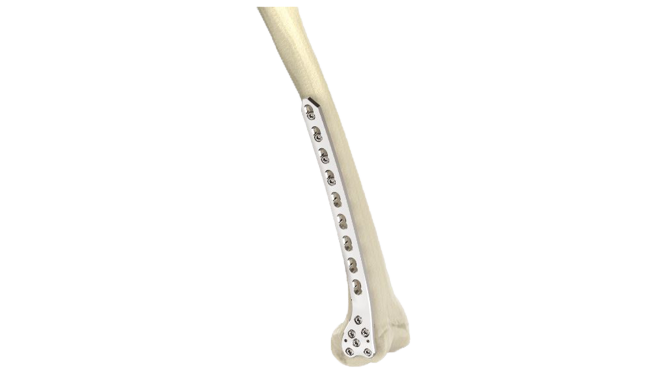Volar Distal Radius Plate - Extra Articular (Variable Angle)
Product Overview
Introducing our advanced Volar Distal Radius Plate Extra Articular (Variable Angle) a cutting-edge medical device designed to address distal radius fractures with unparalleled precision and adaptability. Our plate is engineered with the utmost care and precision, offering orthopedic surgeons a reliable and versatile tool for the treatment of extra-articular distal radius fractures. With its variable angle design, this plate provides the flexibility needed to accommodate various fracture patterns and patient anatomies, ensuring an optimal fit and stability during surgical procedures.
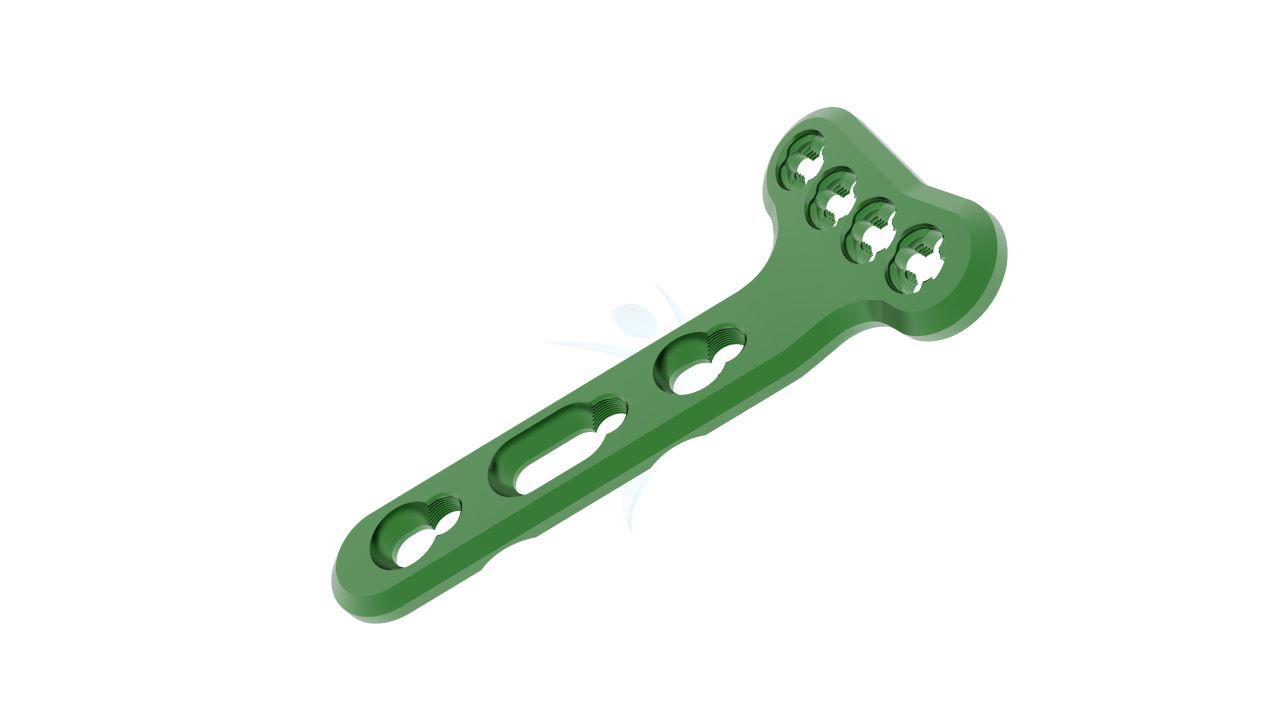
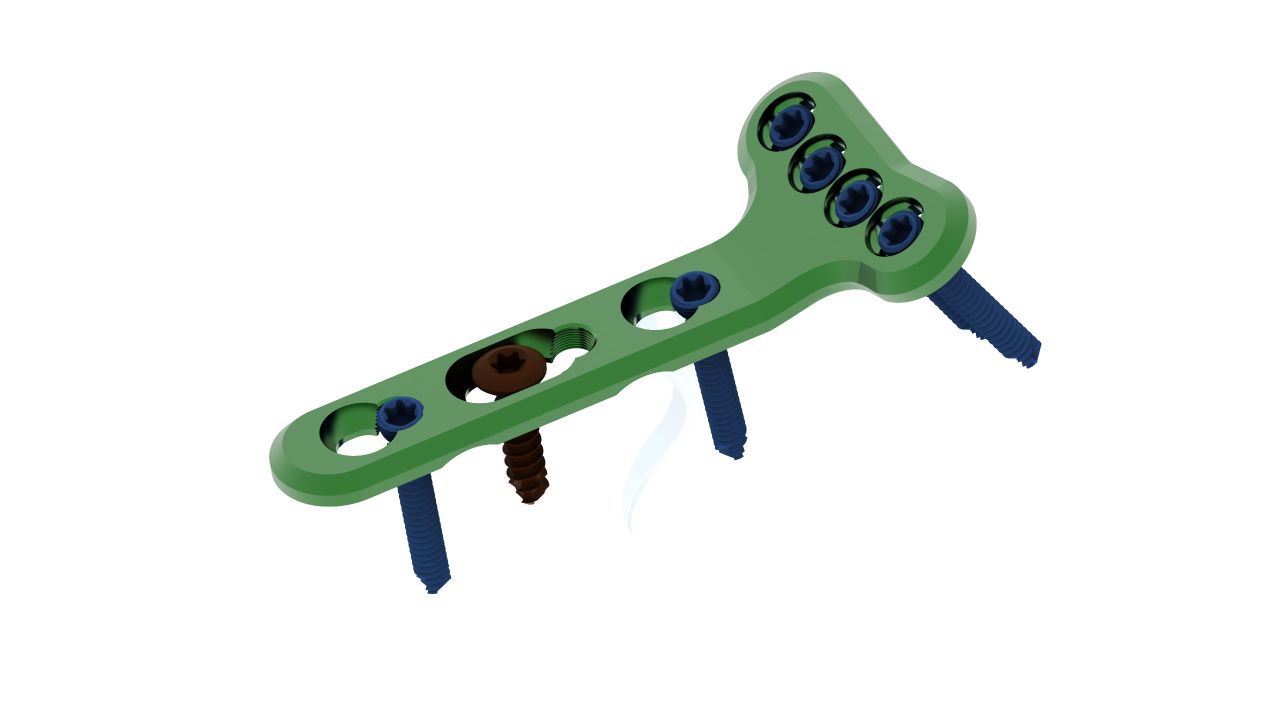
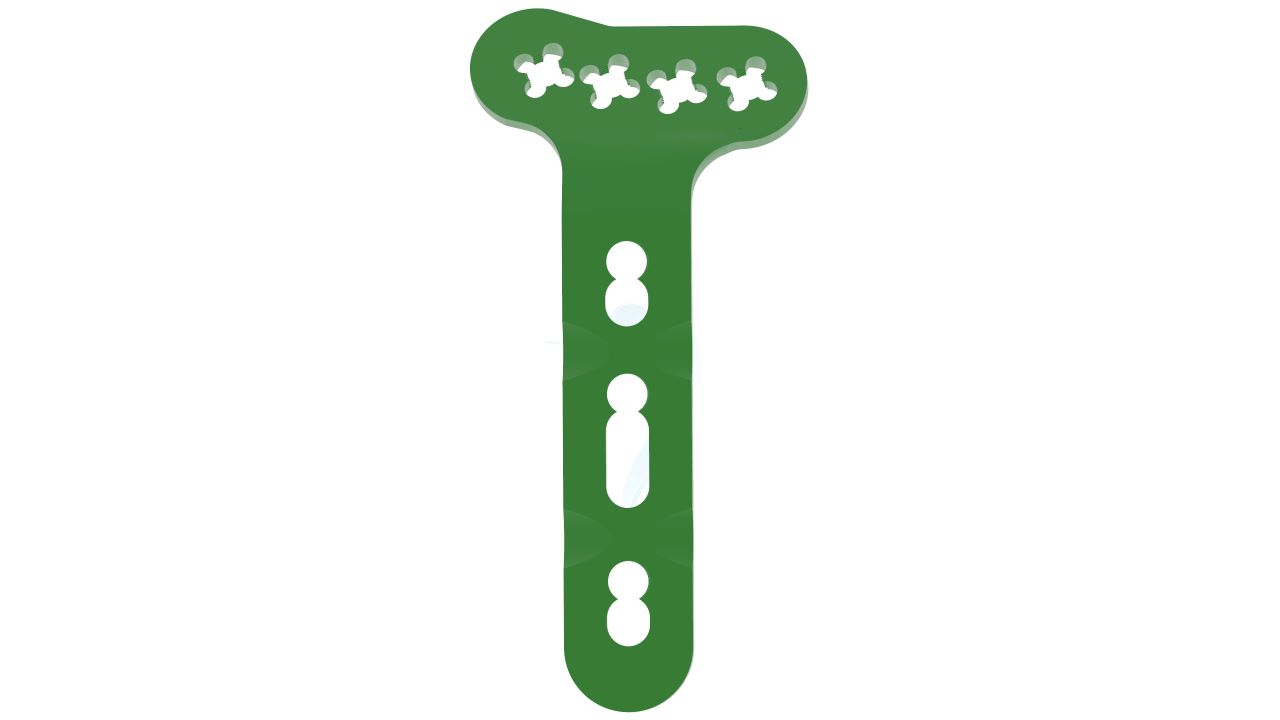
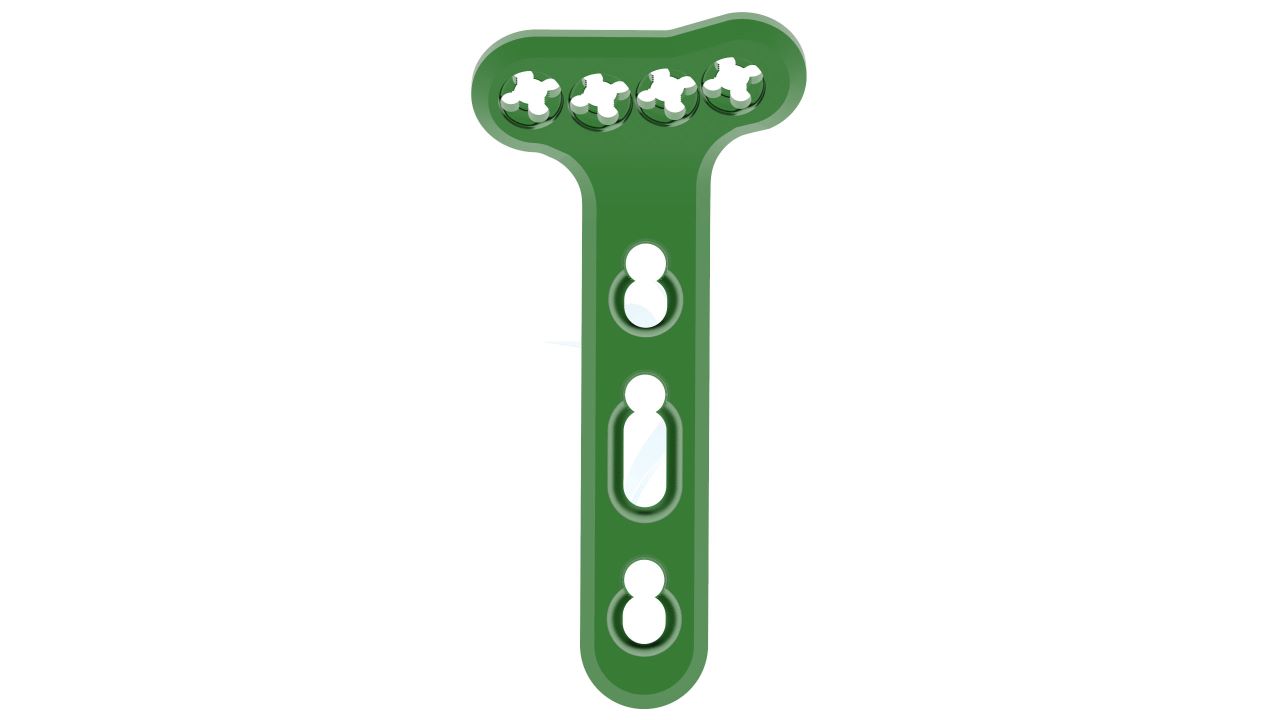
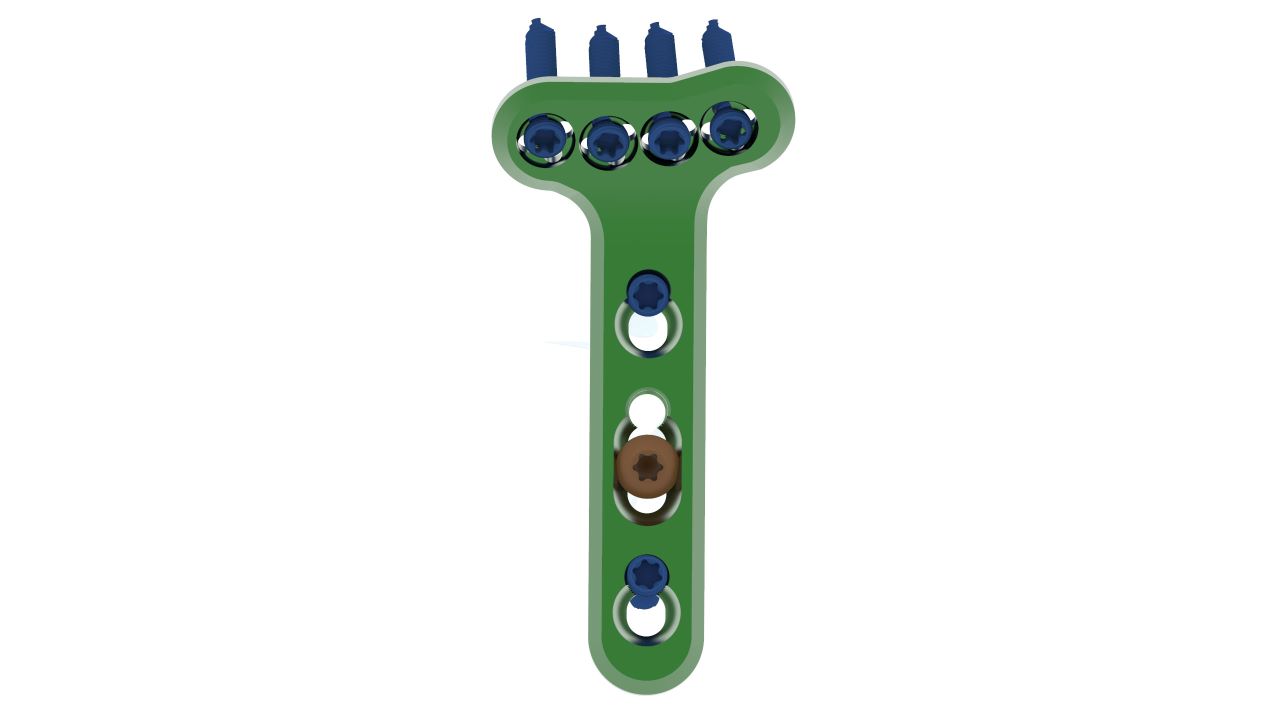
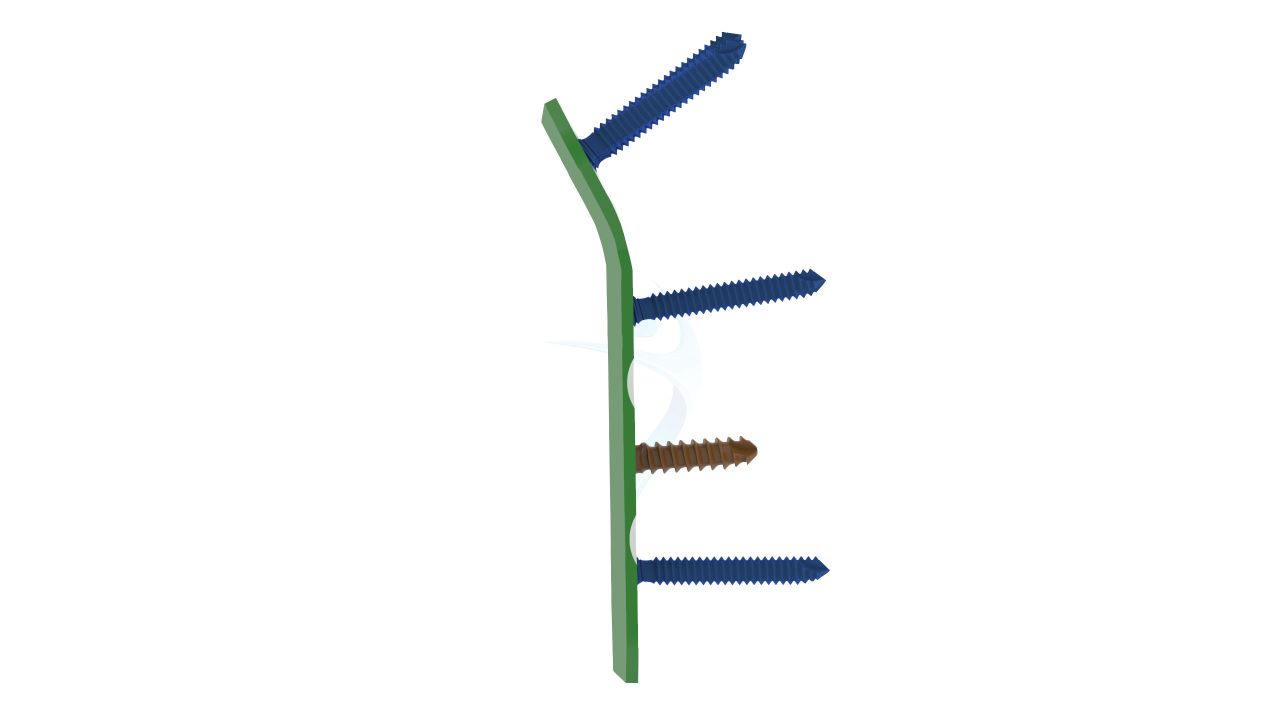
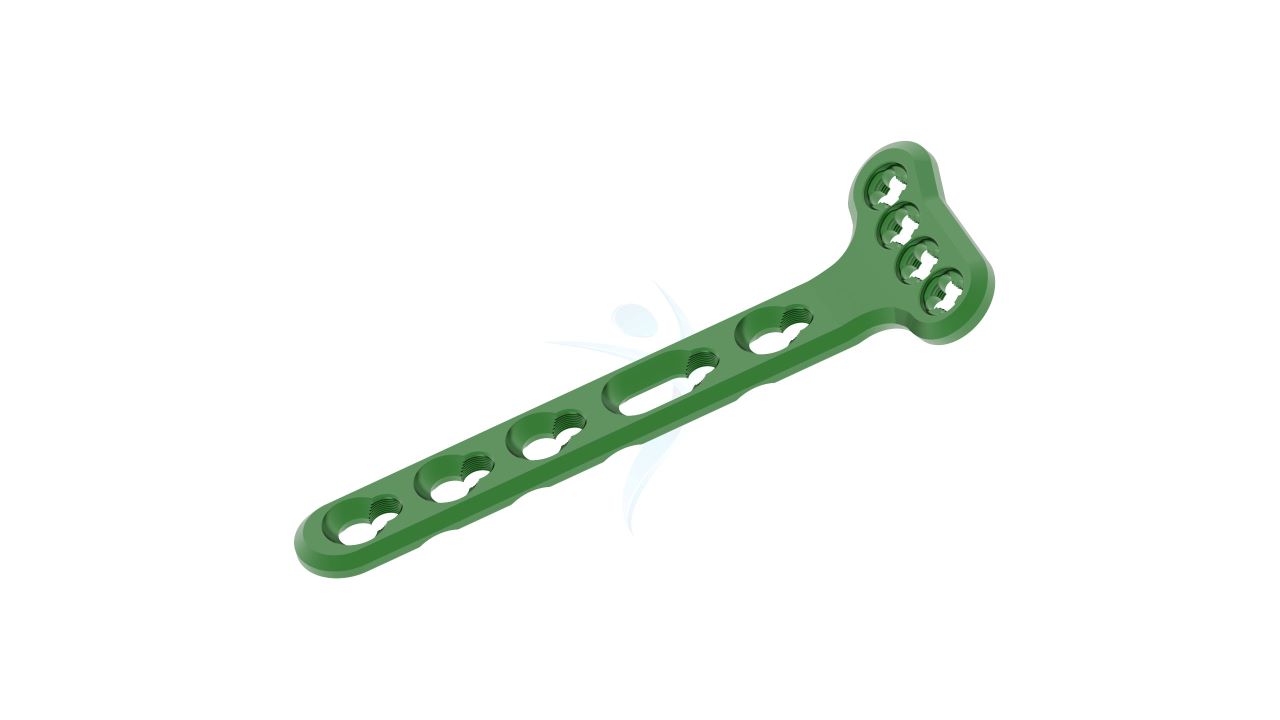
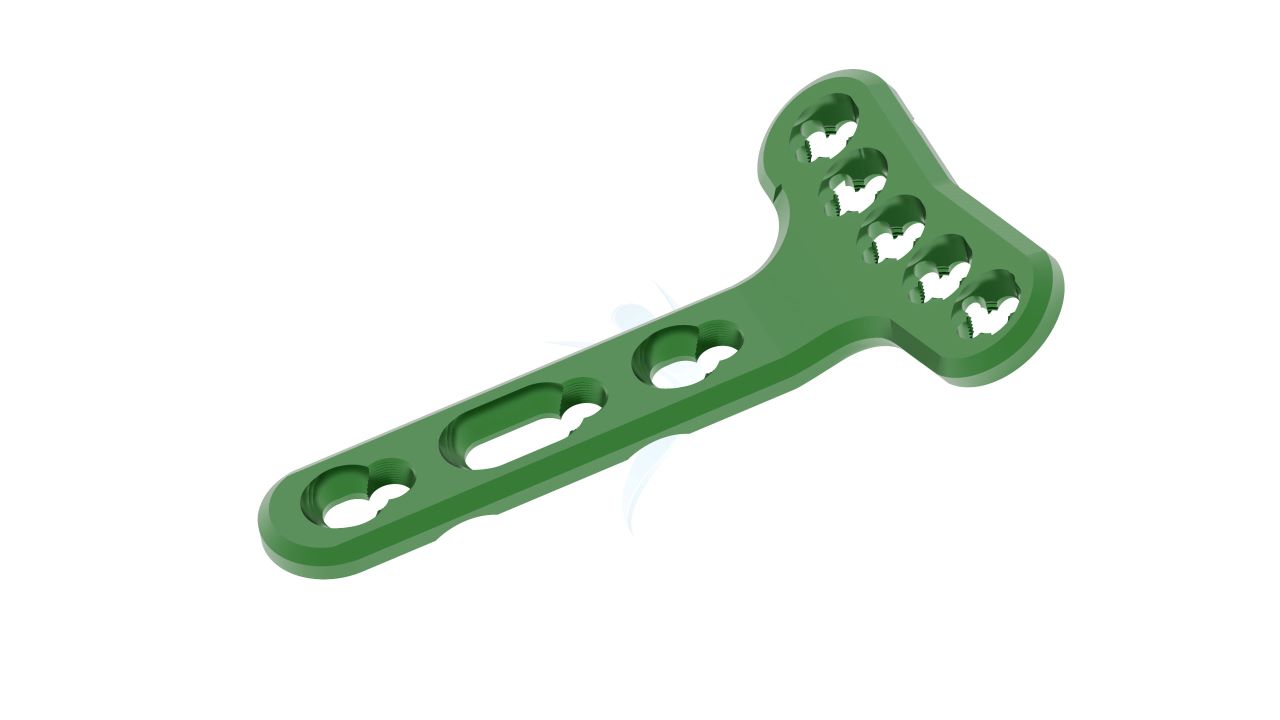

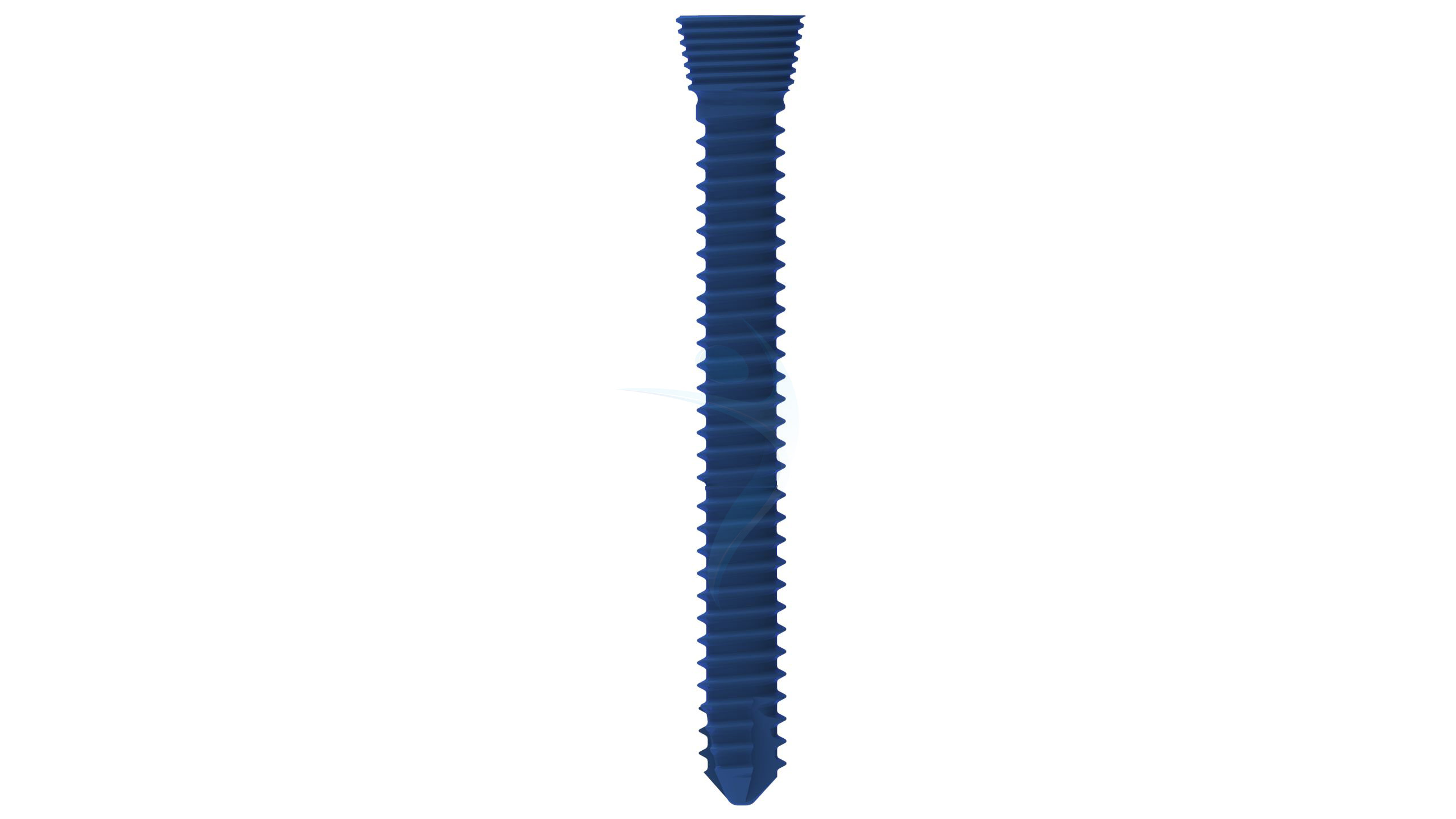
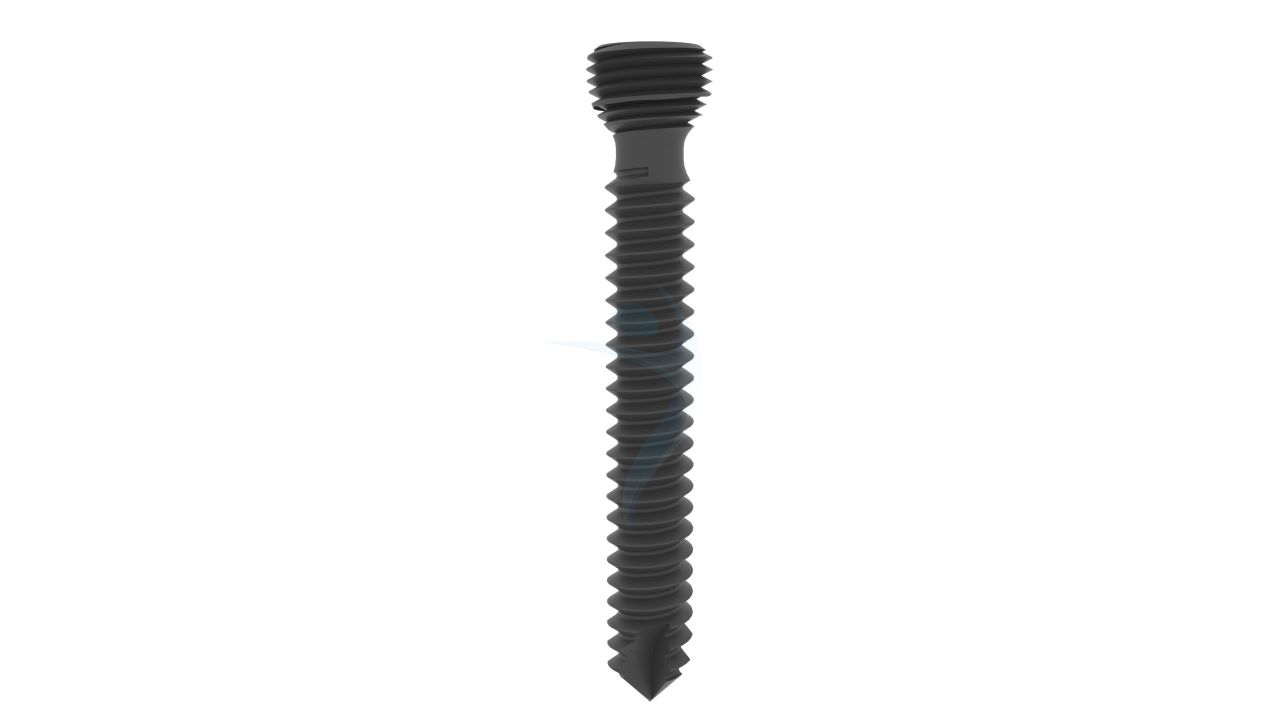


Product Uses
- Fracture Fixation : The primary and essential use of the Volar Distal Radius Extra-Articular Plate is for treating extra-articular fractures of the distal radius. It provides stable fixation and support, allowing for proper healing and restoration of wrist function.
- Complex Fracture Patterns : It is suitable for treating complex fracture patterns, including comminuted fractures and fractures with multiple fragments or angulation.
- Osteoporotic Fractures : In cases of osteoporotic bone, the Volar Distal Radius Extra-Articular Plate provides enhanced stability, which is crucial in ensuring successful fracture healing in patients with weakened bone structures.
- Revision Surgeries : It can be used in revision surgeries for failed or unstable prior fracture fixations, providing a reliable solution to correct previous complications and improve patient outcomes.
Product Specification
- Material : The plate is made from high-quality titanium alloy, ensuring excellent biocompatibility and strength.
- Plate Design : The plate is anatomically contoured to match the volar aspect of the distal radius for optimal fit and stability.
- Variable Angle Screw Holes : The plate features multiple screw holes with variable angles, allowing surgeons to choose the most appropriate screw trajectory for each patient's unique anatomy and fracture pattern.
- Plate Length : The plate is available in various lengths to accommodate different fracture patterns and patient sizes.
- Thickness :The plate's thickness is designed to provide optimal stability without compromising the surrounding bone.
Volar Distal Radius Plate - Extra Articular (Variable Angle) Sizes
Comprehensive Guide for Volar Distal Radius Plate - Extra Articular (Variable Angle)
- Patient Evaluation : Thoroughly assess the patient's medical history, physical condition, and any pre-existing health issues that may impact the surgery or recovery process.
- Imaging Studies :Review X-rays, CT scans, or other imaging studies to evaluate the extent and characteristics of the distal radius fracture. This will help in determining the appropriate plate size and configuration based on the fracture pattern.
- Informed Consent : Conduct a detailed consultation with the patient to discuss the procedure, potential risks, benefits, and expected outcomes. Obtain informed consent from the patient, ensuring they fully understand and agree to the surgical plan.
- Pre-Operative Instructions : Provide the patient with clear pre-operative instructions, which may include fasting guidelines and medication protocols. Following these instructions diligently is crucial to minimize potential risks and complications during the surgery.
- Operating Room Preparation : Ensure the operating room is well-equipped with the necessary instruments, implants, and cutting-edge technology to facilitate a smooth and efficient surgical procedure.
- Surgical Team Coordination : Ensure effective communication and coordination among the surgical team members to ensure a seamless surgery.
- Anesthesia : Administer the appropriate anesthesia to ensure the patient's comfort during the surgery. General or regional anesthesia may be used based on the patient's condition and the surgeon's preference.
- Patient Positioning : Position the patient supine on the operating table with the affected arm placed on an arm table or hand table. Ensure proper padding and positioning to prevent pressure points.
- Surgical Approach : Make an incision over the volar aspect of the distal radius to access the fracture site. The length and location of the incision will depend on the fracture pattern and the surgeon's preference.
- Fracture Reduction : Gently manipulate the fractured bone fragments to restore proper alignment and anatomical position. Use fluoroscopy or image intensification to verify the reduction accuracy.
- Plate Placement : Select the appropriate size and configuration of the "Volar Distal Radius Plate Extra Articular (Variable Angle)" based on pre-operative planning and the patient's anatomy. Carefully position the plate on the volar aspect of the distal radius, ensuring proper alignment with the bone.
- Recovery Area: Transfer the patient to the post-anesthesia care unit (PACU) or recovery area for close monitoring during the initial recovery phase.
- Pain Management : Implement a pain management plan to ensure the patient's comfort. Administer prescribed pain medications as needed and adjust the dosage according to the patient's response.
- Wound Care : Monitor the surgical incision site for any signs of infection, redness, or swelling. Keep the wound clean and dry, following the surgeon's instructions for dressing changes.
- Immobilization : Maintain the wrist in a splint or cast as prescribed by the surgeon to protect the surgical site and promote proper bone healing.
- Elevation : Encourage the patient to elevate the affected arm above heart level whenever possible to reduce swelling and enhance circulation.


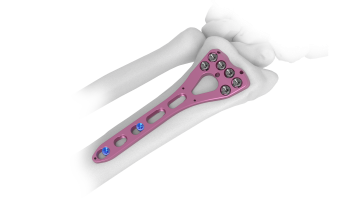
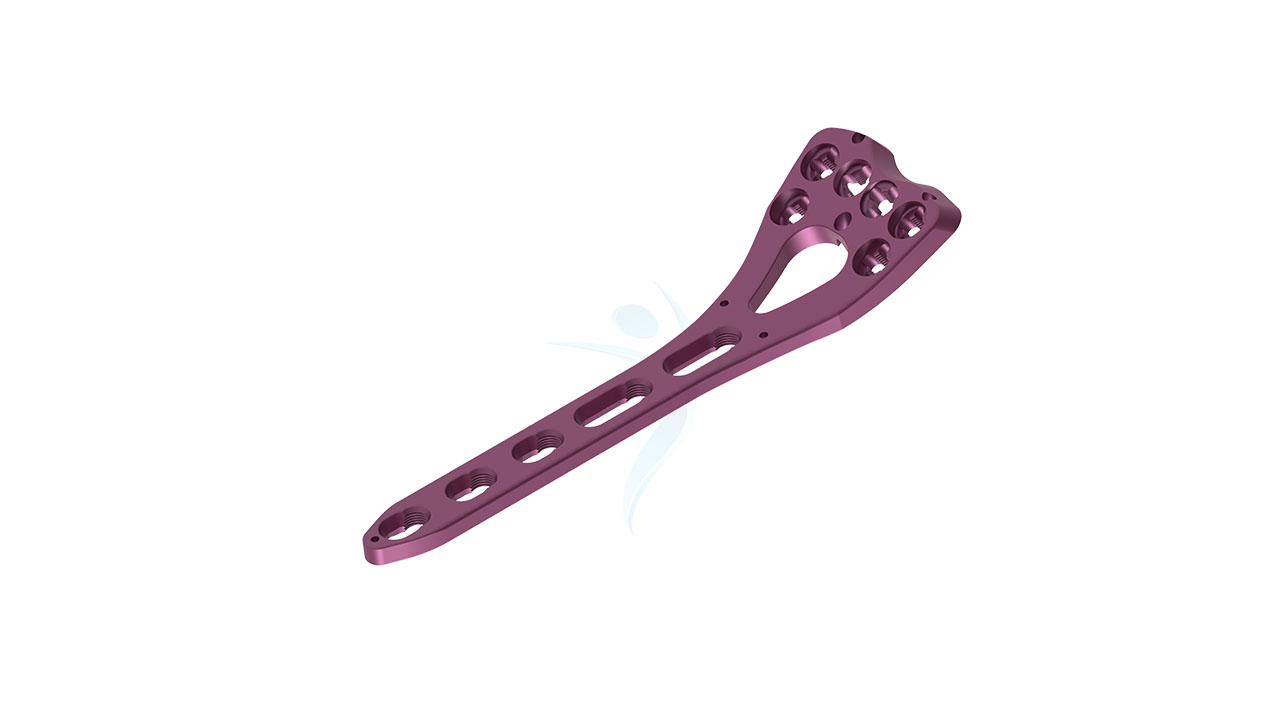
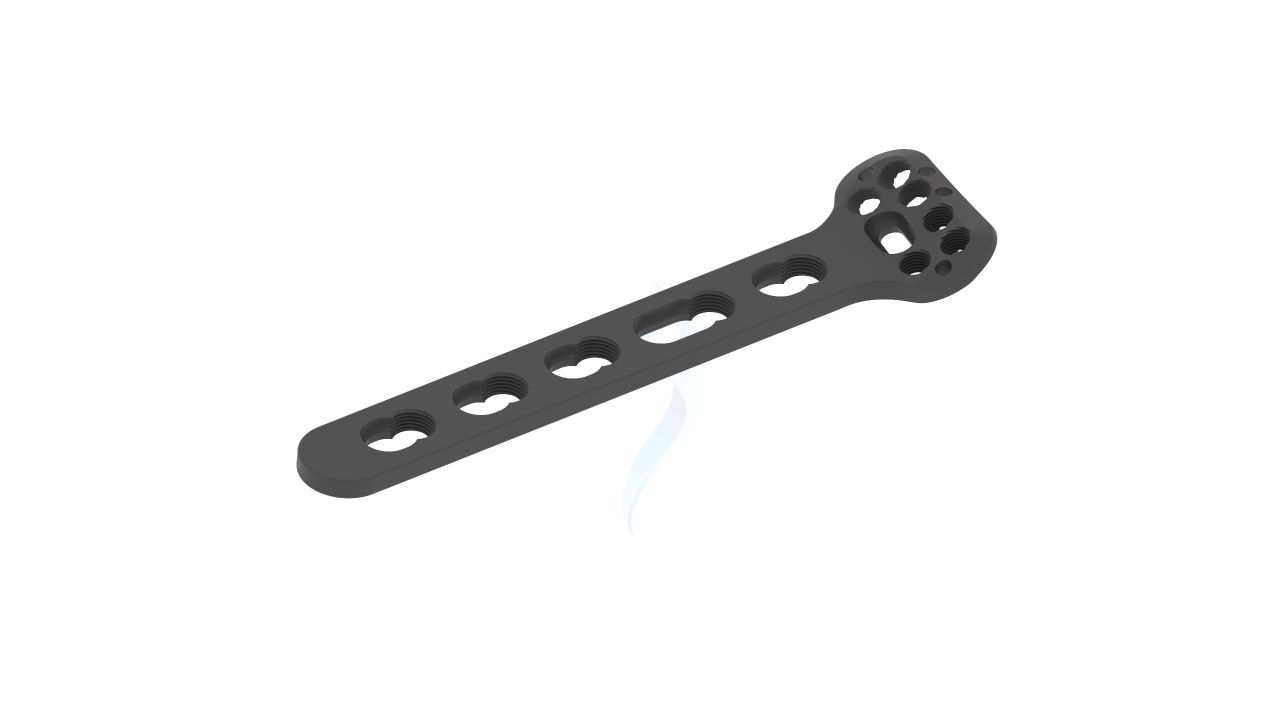
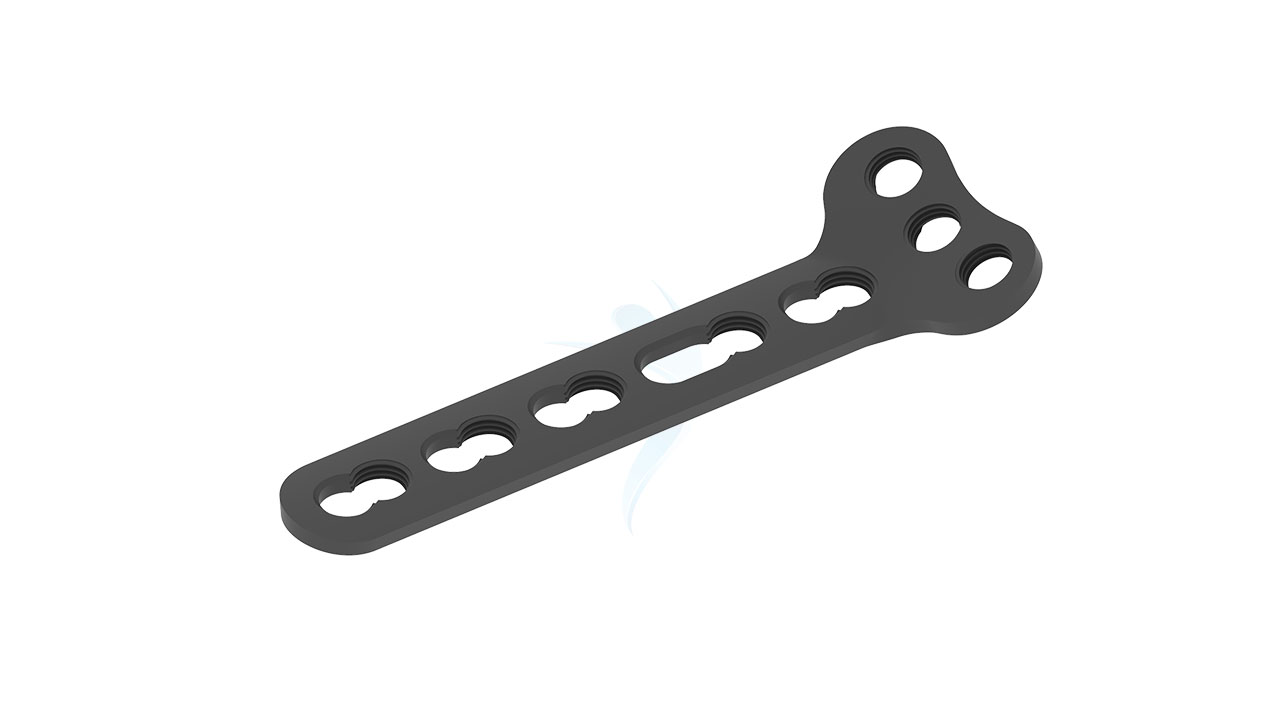

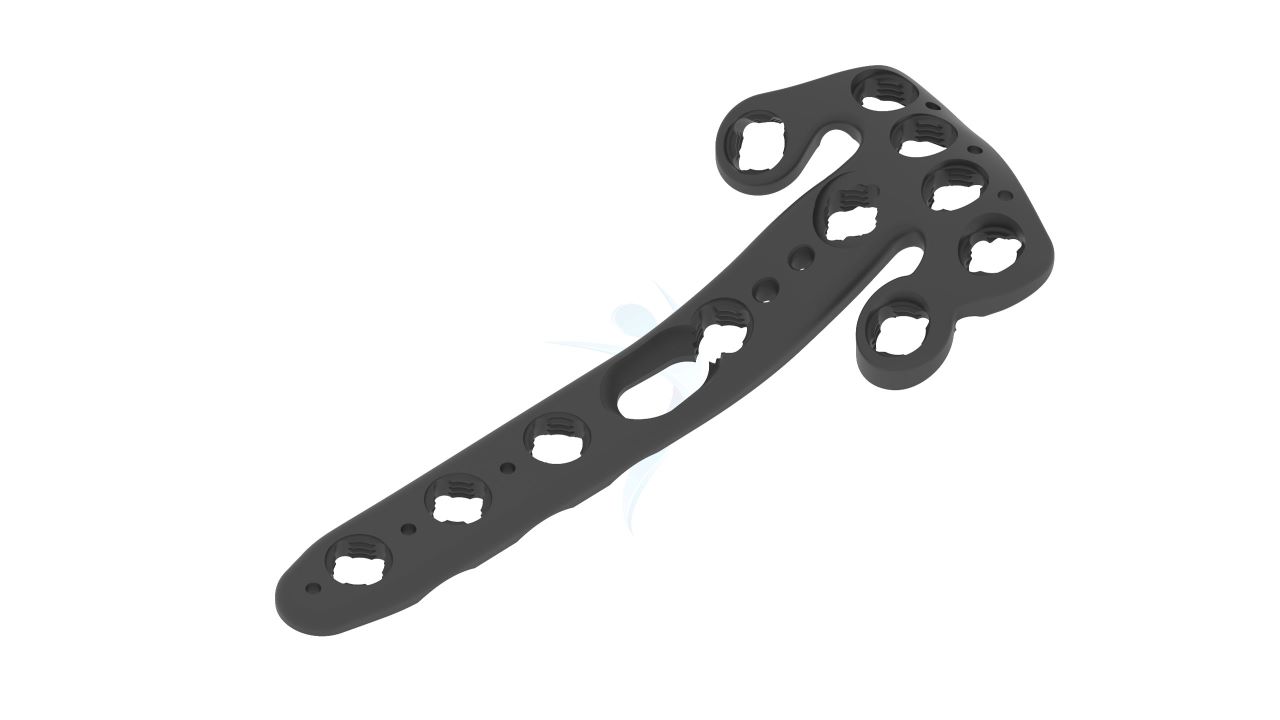

.png)

